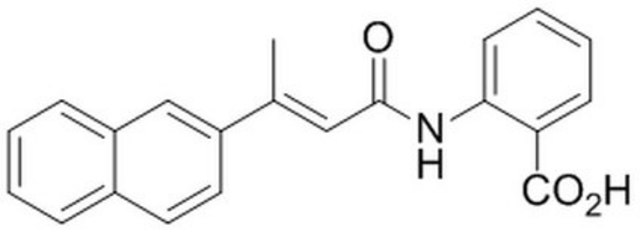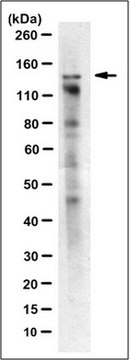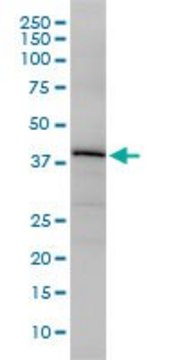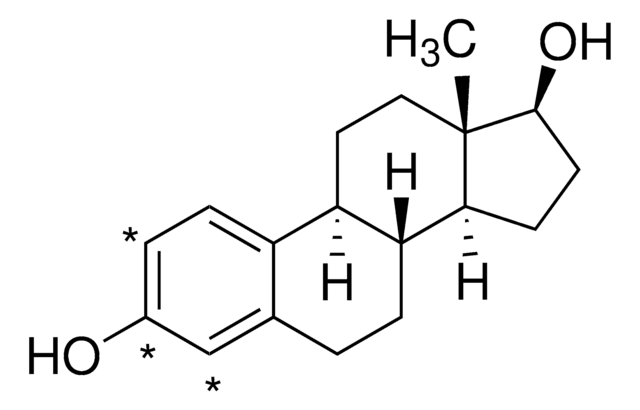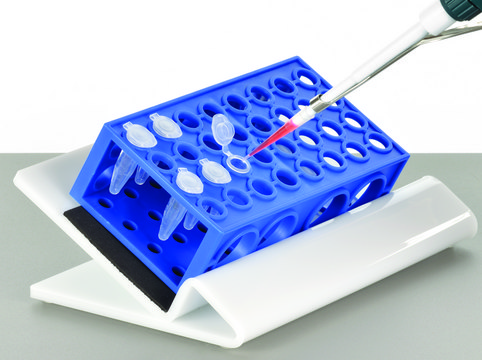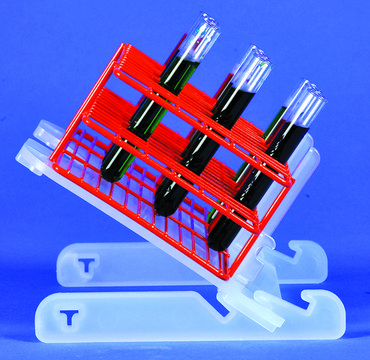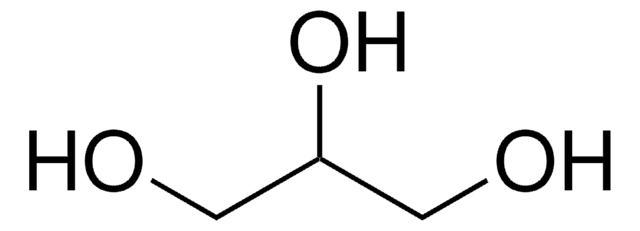General description
CST complex subunit CTC1 (UniProt Q2NKJ3; also known as Conserved telomere maintenance component 1, HBV DNAPTP1-transactivated protein B) is encoded by the CTC1 (also known as C17orf68, CRMCC) gene (Gene ID 80169) in human. CTC1 is a subunit of the trimeric CST (CTC1, STN1, and TEN1) complex that binds ssDNA, promotes telomere DNA synthesis, and inhibits telomerase-mediated telomere elongation. CST directly interacts with and stimulates DNA polymerase -primase (pol -primase) activity. CST also associates with and sequesters telomeric 3′ overhangs after their elongation by telomerase, thereby limiting further telomere extension by telomerase. Knockdown of either STN1 or CCT1 in human cancer cells and in mouse fibroblasts results in substantially elongated telomeric G-ove+D13rhangs. Conditional deletion of CTC1 in mice leads to early entry into senescence and signs of telomeric replication defects, Human CTC1 gene mutations casue dyskeratosis congenita (DC) and related bone marrow failure syndromes, as well as the rare autosomal recessive neurological disorder Coats Plus, where patients develop cranial calcifications and cysts. Coats Plus and DC patients develop premature hair graying, anemia, and osteoporosis as a result of telomerase defects.
Specificity
Clone C482 targets an N-terminal region sequence present in both human CTC1 spliced isoforms reported by UniProt (Q2NKJ3).
Immunogen
Linear peptide corresponding to an N-terminal region sequence of human CTC1.
Application
Anti-CST complex subunit CTC1, clone C482, Cat. No. MABE1103, is a highly specific mouse monoclonal antibody that targets CTC1 and has been tested in and Western Blotting.
Research Category
Epigenetics & Nuclear Function
Western Blotting Analysis: 0.75-1 µg/mL from a representative lot detected the exogenously overexpressed CTC1 in 100-150 ng of lysate from transfected HeLa cells, as well as downregulated CTC1 expression following conditional CTC1 gene knockout in 150 ng of lysate from a HCT116 cell line harboring floxed CTC1 alleles (Courtesy of Carolyn Price, Ph.D. and Xuyang Feng, Ph.D., University of Cincinnati College of Medicine, U.S.A.).
Quality
Identity Confirmation by Isotyping Test.
Isotyping Analysis: The identity of this monoclonal antibody is confirmed by isotyping test to be IgG2b .
Target description
~135 kDa observed. 134.61/114.1 kDa (isoform 1/2) calculated. Uncharacterized bands may be observed in some lysate(s).
Physical form
Format: Purified
Protein G purified.
Purified mouse IgG2b in buffer containing 0.1 M Tris-Glycine (pH 7.4), 150 mM NaCl with 0.05% sodium azide.
Storage and Stability
Stable for 1 year at 2-8°C from date of receipt.
Other Notes
Concentration: Please refer to lot specific datasheet.
Disclaimer
Unless otherwise stated in our catalog or other company documentation accompanying the product(s), our products are intended for research use only and are not to be used for any other purpose, which includes but is not limited to, unauthorized commercial uses, in vitro diagnostic uses, ex vivo or in vivo therapeutic uses or any type of consumption or application to humans or animals.
